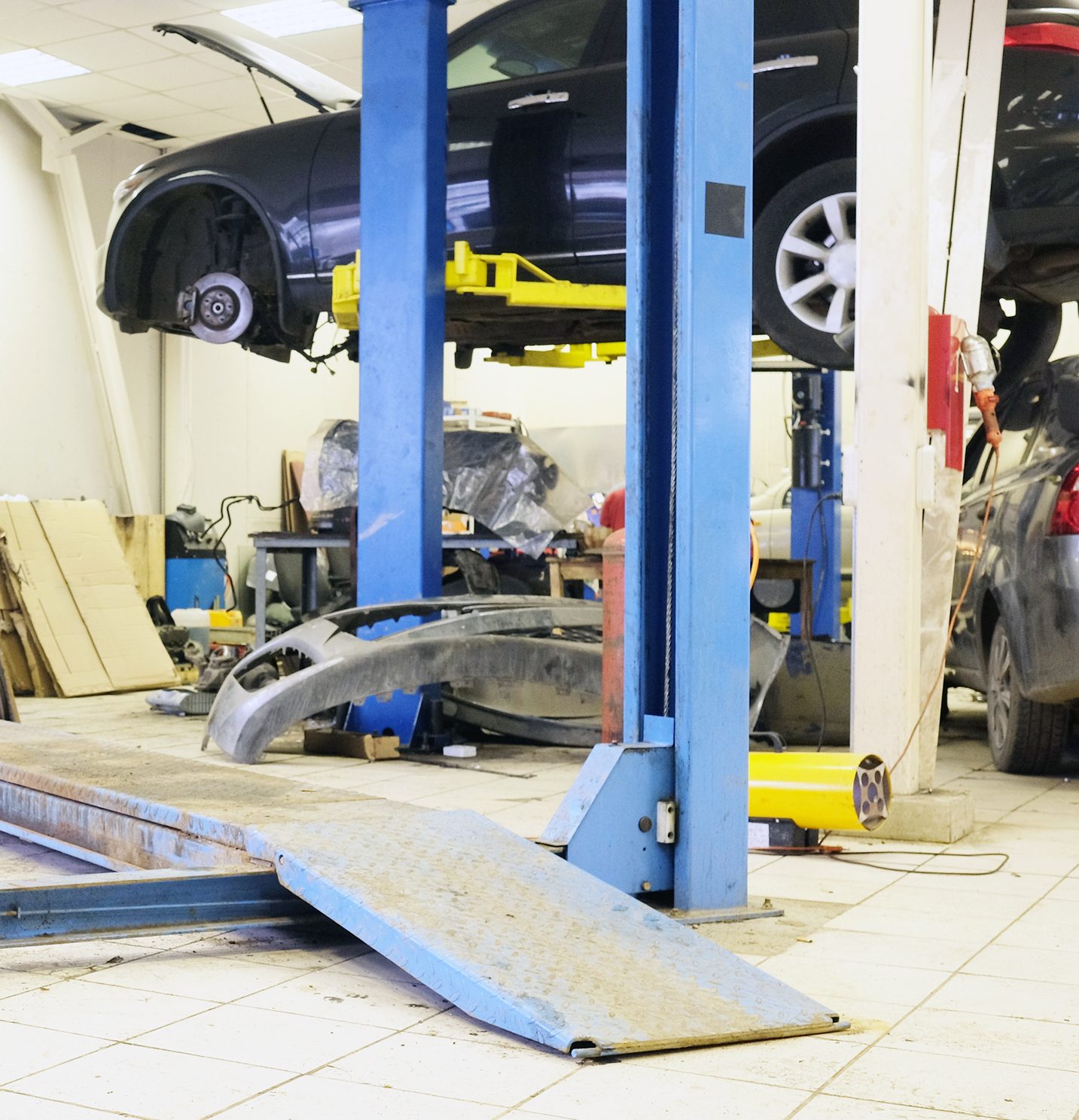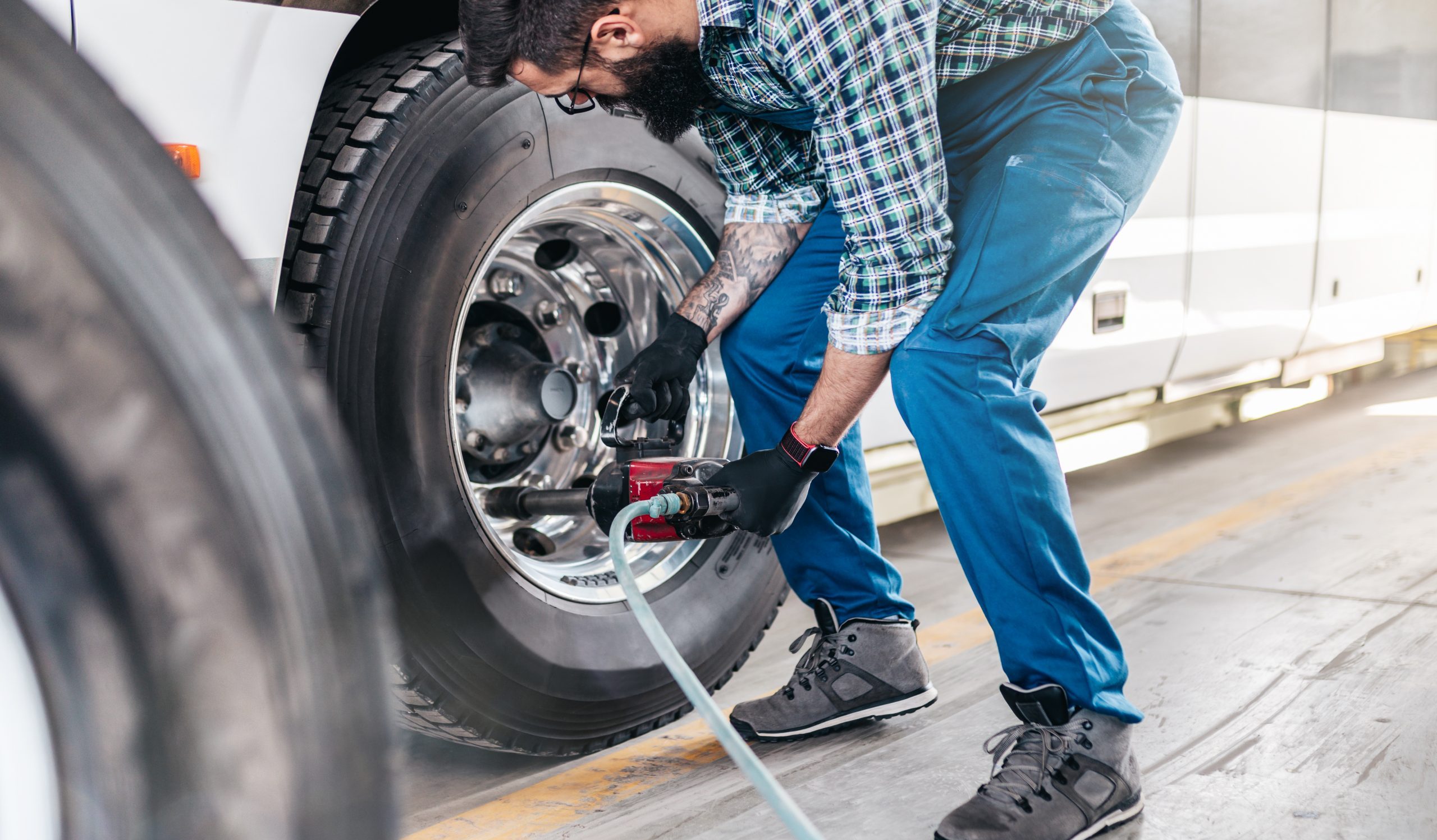Mechanics and Mesothelioma
Approximately 800,000 people today are employed as automotive mechanics who maintain, repair, restore, and modify motor vehicles of all types and sizes, reports the U.S. Bureau of Labor Statistics.
What most mechanics did not know was that asbestos could damage their health.
All that it would take to trigger a disease like mesothelioma was for a mechanic to accidentally inhale asbestos fibers floating in air within the confined space of a garage or service center.
Inhalation of asbestos could happen quite easily because, once it gets into the air, it tends to stay there for days at a time. Also, airborne asbestos particles are so small that it’s usually hard to see them and even know they are present.
After inhaling asbestos, its fibers rarely ever are expelled from the lungs (or from the intestines, if the asbestos happens to be swallowed). The asbestos instead embeds there and, in many instances, proves itself to be far from benign. Asbestos has the potential to cause cells to mutate into cancer. This transformation does not occur overnight—typically it takes a minimum of 10 years from the time the asbestos enters the body until the moment cancer onsets.
Beginning in the 1970s, makers of automotive parts gradually shifted away from using asbestos in their products or, if they could not find a decent substitute, they switched to a less-dangerous form of asbestos.
That means mechanics employed in the trade from the 1980s were less and less likely to be occupationally exposed to asbestos. However, it is still possible today to encounter the most dangerous type of asbestos if working on vehicles manufactured prior to the 1980s or on vehicles of more recent vintage that still have installed in them pre-1980s parts.

Who qualifies as a mechanic?
Types of vehicles on which mechanics work include:
- Cars
- Motorcycles
- Vans
- Buses
- Trucks
- Farming tractors and harvesters
- Military tanks and other self-propelled weapons systems
- Golf carts
Many mechanics specialize in certain aspects of vehicle work. Some are specialized in brakes, while others limit themselves to air-conditioning systems. Still others are specialized in transmissions. Many automotive mechanics also work only on diesel-powered vehicles and equipment (such as truck refrigeration systems).
Mechanics use their training and experience to perform tasks that include:
- Diagnosis of vehicle problems
- Testing of parts and systems
- Repairing or replacing worn parts
- Installing or removing aftermarket products
Mechanics and asbestos exposure
The reason for using asbestos in drum brakes, for example, was to prevent the friction created by linings coming into contact with the rapidly spinning interior surface of the drums from warping the linings and causing heat-damage to other system components in proximity.
There was a time not long ago when as much as 80 percent of the material making up a brake’s linings would have been asbestos. However, some linings are still sold with asbestos in them. These are almost exclusively aftermarket products made overseas. They are not original equipment manufacturer products produced in the U.S. (according to some sources, the last time an American carmaker installed an OEM brake lining in any of its vehicles was the mid-1990s).
In transmissions, the biggest source of asbestos was the clutch lining. Another source of asbestos was the gaskets that kept fluids sealed inside the transmission housing.
From time to time, brake linings, clutch linings, and gaskets required removal. In the process of removing, for example, a brake lining, mechanics invariably encountered a thick caking of blackish powder—the remains of the lining that had been worn off as a result of the vehicle’s driver operating the brakes over the course of many thousands of miles. This powder needed to be cleared away in order for work to proceed. One way that mechanics accomplished that was by spraying it with a blast of compressed air.
Unfortunately, clearing away the powder in that manner would send it flying. The powder perhaps did not appear to travel far, but its particles would have drifted quite a distance and likely found their way into every corner of the garage or service center—including the office area and breakroom.
The same sort of dispersal was possible every time a transmission housing was opened to access the clutch and its components. Clutch assemblies were also typically cleaned using compressed air.
Another way mechanics could encounter asbestos was by performing engine work. In the course of installing piston rings or performing other repairs that required removal of the valve cover, the old gasket material that was present on the engine block had to be completely scraped off so that a fresh gasket could be installed. Gaskets typically contained asbestos.
Hood liners also contained asbestos. So, if it were necessary to remove and replace one, chances were very great that the mechanic performing this job would have been exposed to asbestos.
Asbestos was not hazardous to the health of mechanics unless the mineral’s fibers got into the air. However, as indicated above, the fibers did indeed enter the air whenever brake and clutch dust was sprayed with compressed air or when gaskets were scraped off or hood liners removed.
Asbestos particles are so small that it is easy for them to remain in the air for days many days without settling to the floor. When enough particles are present in the air, they take on the appearance of a faintly visible cloud. But when few in quantity, the particles are difficult if not impossible to see.
A mechanic who sees a cloud of asbestos particles floating in the air (as would be the case immediately after a brake drum was cleaned) probably would instinctively try to avoid entering it. The same would not necessarily hold true where the mechanic cannot see any particles.
And there lay the danger for mechanics. Upon coming into contact with airborne asbestos particles—seen or unseen—some of those tiny bits of the mineral would almost surely be inhaled. Or they might be swallowed, were the mechanic’s mouth open at the time.
Inhaled or ingested, those asbestos particles would be able to work their way deep inside the mechanic’s body. The inhaled particles would penetrate into the lungs, while the ingested ones would end up in the intestines.
Little by little, those asbestos particles could bring about changes in the composition of the cells lining the lungs, the heart, or the abdomen. Those changes would in certain circumstances result in the transformation of healthy cells into cancerous ones.
The process to corrupt healthy cells to that extent would be a slow one. It would occur over the course of one or more decades. At the end of that process, the result might be mesothelioma or asbestos lung cancer. Alternatively, it might be asbestosis (a scarring of the lungs) or another asbestos-related disease.
Mechanics and asbestos exposure from the work environment

By the 1970s, outrage over asbestos grew so intense that manufacturers had little choice but to begin phasing it out. The problem was that not until the 1990s were there viable substitutes for asbestos in various key automotive applications. Even today it is possible to find aftermarket brake linings, for example, still made with asbestos.
However, for mechanics, automotive parts were not the only sources of asbestos exposure. The garage or service center in which they worked could have been built with products that contained asbestos. That would have been quite likely were the facility erected prior to the 1980s.
Some of the construction materials that once contained asbestos included:
- Drywall
- Bricks
- Concrete
- Insulation
- Ceiling tiles
- Roofing systems
- Electrical systems
- Water and sewage pipes
Asbestos was added to these building materials to make them stronger, lighter, and able to suppress noise. More importantly, asbestos was added to prevent heat or cold from passing through the building material (which helped keep the garage or service center naturally cooler in summer and warmer in winter). Most important of all (especially in a workplace where flammable liquids and materials abound), asbestos was added to construction products to make it difficult for structures to accidentally catch fire.
Once the garage or service center was built, occupants faced little or no danger of asbestos exposure. The danger arose when any of the materials used in erecting the place were disturbed.
Drywall, for example, could become disturbed if a car accidentally sideswiped a section on the way into the service bay. It could also become disturbed if a rolling tool cabinet were shoved up against a wall with sufficient force to open a gash in the wall. Or the drywall could become disturbed were it to be drilled or hammered into while mounting a peg board or an air hose reel.
By whatever means it occurred, disturbing the drywall (or any other asbestos-containing building material) would allow the asbestos within to be expelled into the air. Anyone in proximity to this emission would be at risk of inhaling or ingesting the airborne particles.

Mechanics and asbestos exposure from power tools
Air-powered tools require connection to a compressor. Compressors can run on gasoline, diesel fuel, or electricity. An electric-powered compressor utilizes voltage and current to spin the internal parts of a motor that connects to the piston within the compressor’s valve head. As those motor parts operate, they can generate considerable heat. In the middle of the 20th Century, that heat was contained by materials made with asbestos.
The same was true for hand-held, electrically operated power tools, such as drills, screwdrivers, sanders, and polishers.
For the most part, the asbestos inside the tools did not escape into the air. It usually remained within the motor housing until the housing was opened to permit inspection and servicing of the motor. Upon opening the housing, there often would be an accumulation of powder—the byproduct of normal wear and tear. Contained in that powder would likely have been fibers of asbestos.
One way those asbestos fibers could be purged from the motor was by taking a deep breath and blowing on it hard. Another option was to use compressed air. Either method endangered health because it caused the mineral’s tiny particles to scatter—generally in an upward direction. Putting asbestos particles into the air made them available for inhalation or ingestion by whoever was repairing the tool or merely in proximity.
Once breathed or swallowed, the asbestos would then deposit deep inside the lungs or intestines. In a troubling number of instances, the presence of asbestos inside the body produced cancer—mesothelioma or asbestos lung cancer—or other serious asbestos diseases.
Mechanics’ rights to compensation after asbestos exposure
You or your loved ones may be entitled to such compensation. The only way to know for certain is by contacting a lawyer or law firm that has an established and successful asbestos litigation practice.
Such a lawyer or law firm may be able to help you hold legally accountable the company or companies responsible for making, distributing, and selling the asbestos products that caused you to become exposed to that mineral.

About the author…
Chris T. Layloff was raised in the steel town of Granite City, Illinois. He graduated from Saint Louis University with a dual-degree in finance and economics in 2005, and received his J.D. from Saint Louis University School of Law in 2008.